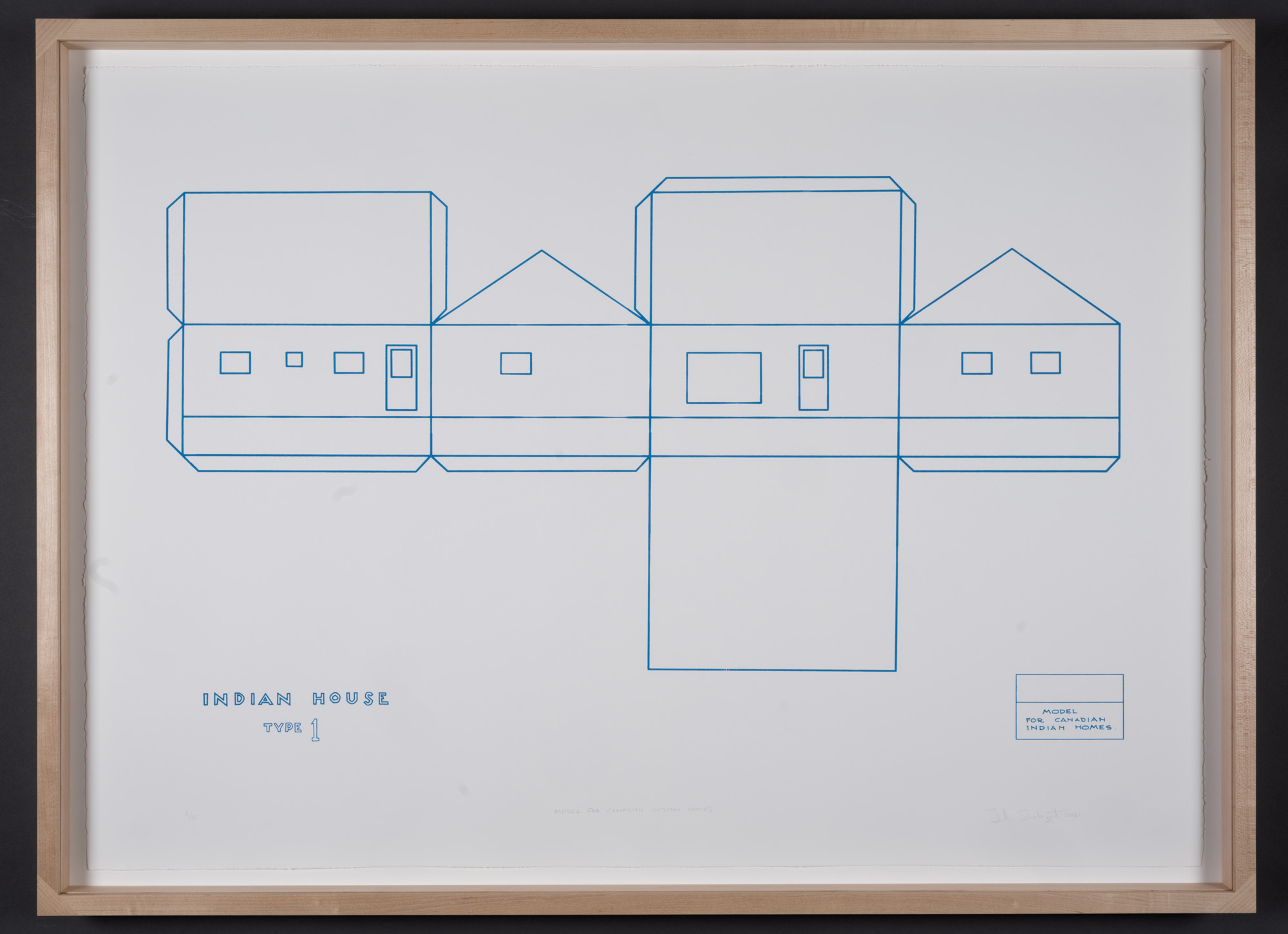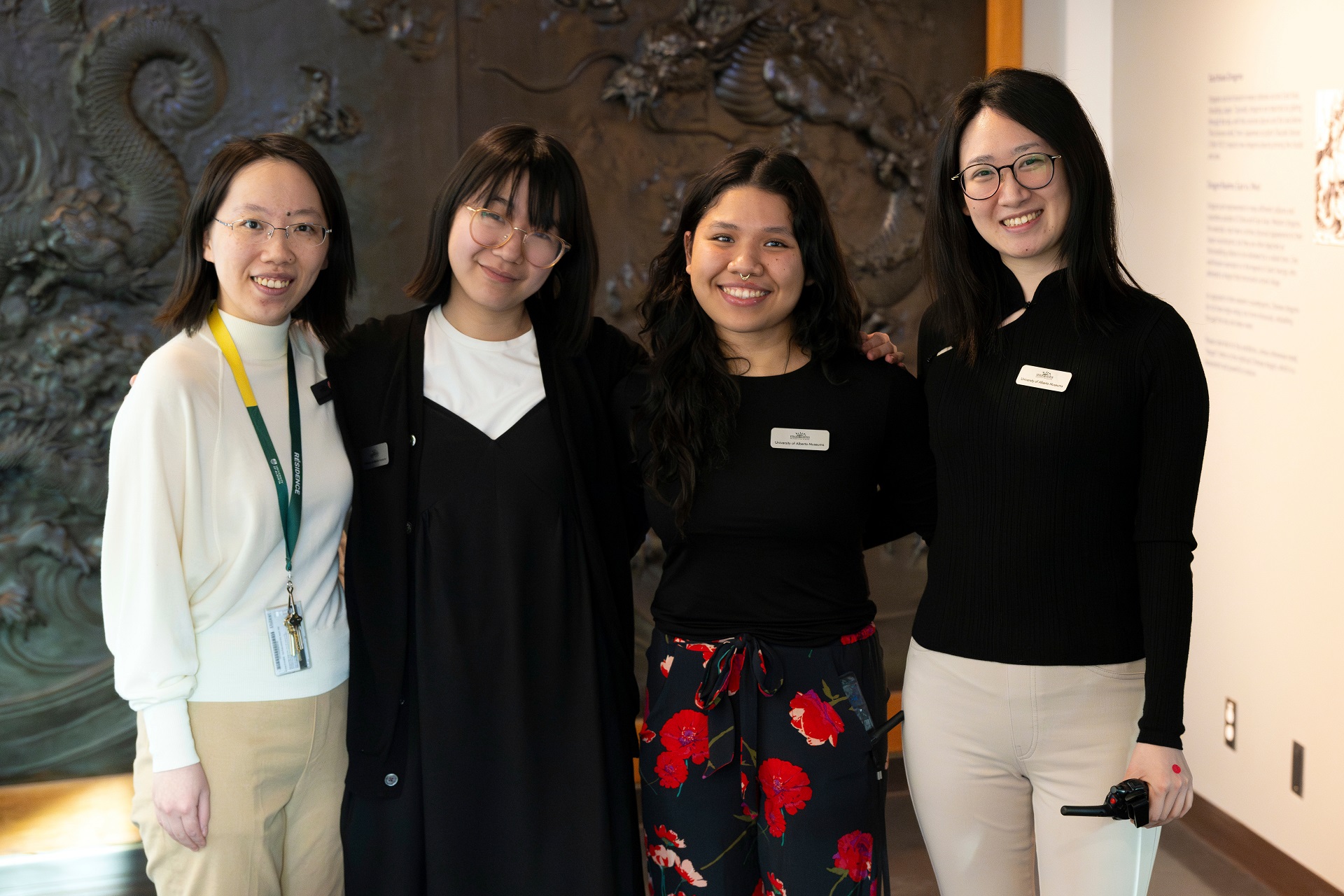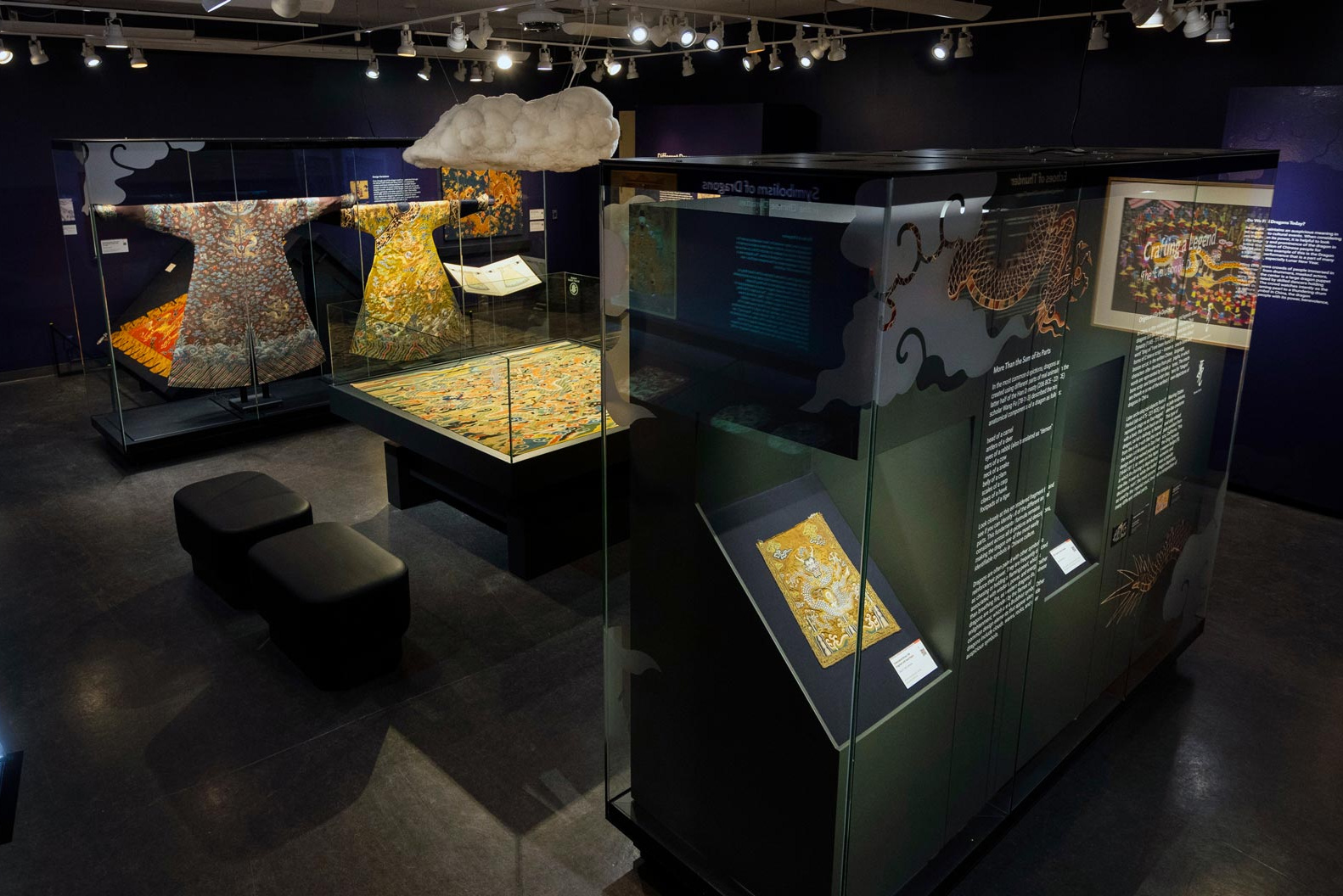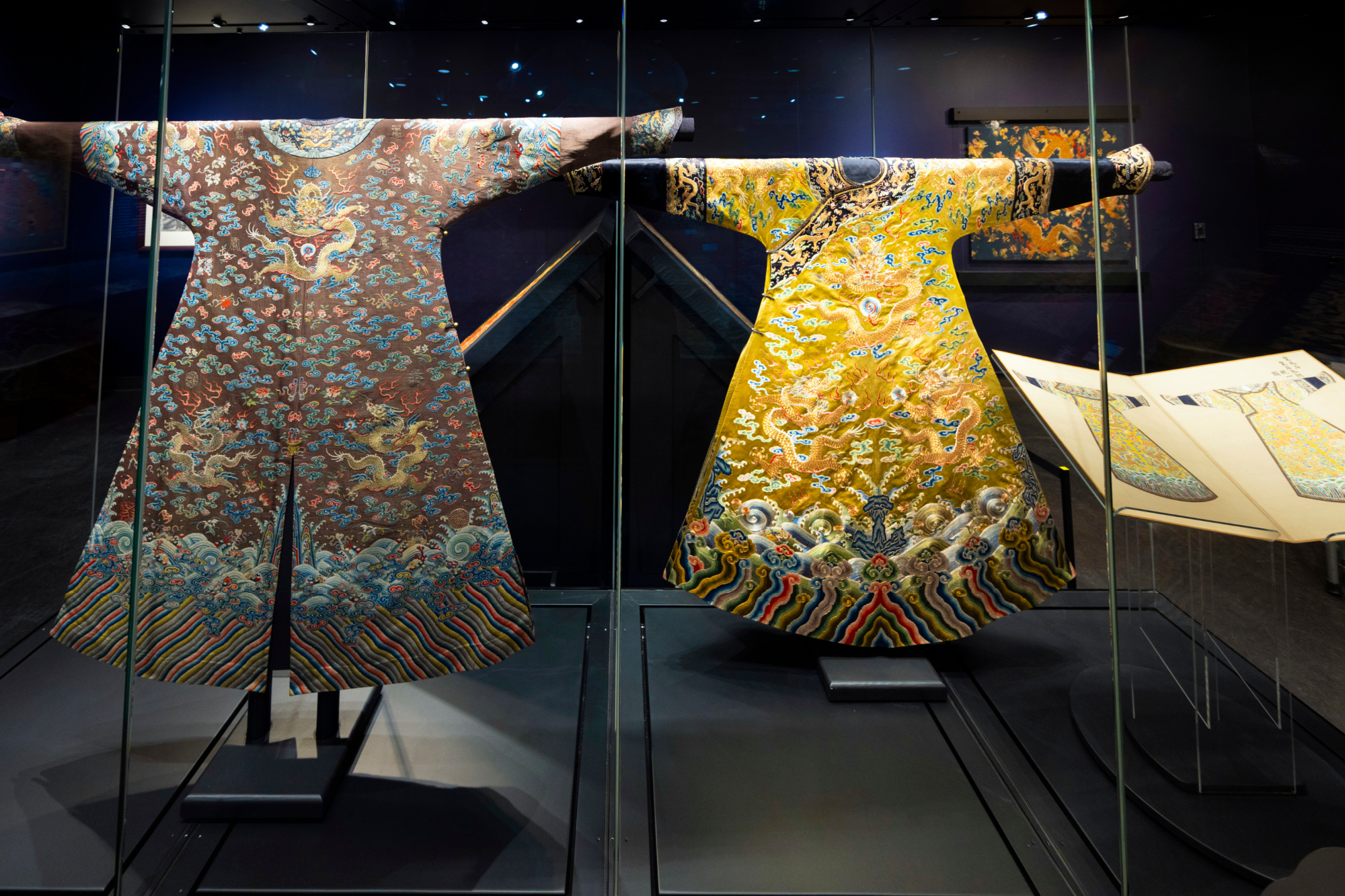UAM Summer Internship Blog 2022: Sweating the Small Stuff
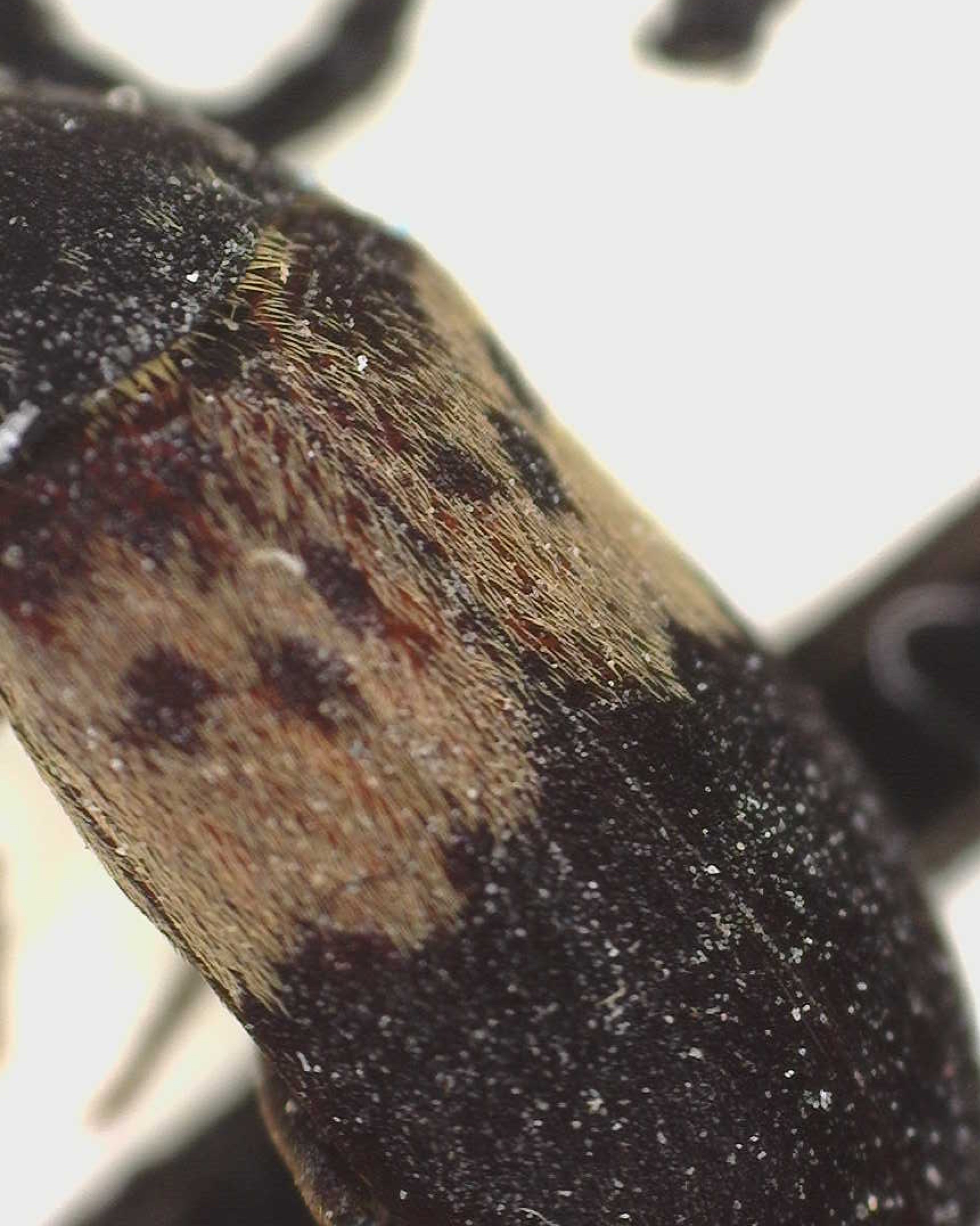
Close-up of a larder beetle taken with a Dino-Lite handheld USB microscope.
“Do you like bugs?”
Every few weeks someone in the U of A Museums office will inevitably ask me this question. And it’s an entirely reasonable one: the amount of insect-related tasks in a museum is startlingly high. From entomology collections to routine pest trap monitoring, bugs are pretty much an everyday feature of museum life. Keeping tabs on the “good” ones and preventing the “bad” ones from becoming established is a daily conversation. While run-of-the-mill insects like centipedes and house spiders are mostly harmless, a pest management strategy is needed to protect the museum objects and specimens in our care from destructive insects like dermestid beetles or clothes moths.
Lucky for me, I am an insect aficionado, especially the creepy crawlies that find their way into human environments. My interest began last summer in the Anne Lambert Clothing and Textiles Collection where I spent a day examining pest traps for evidence of insect activity in the collection spaces. Although it was a seemingly simple task — documenting and replacing blunder traps, making note of the insects we discovered along the way — I was baffled at the level of precision required to properly identify pests. We made notes of species, stage of development, and number of insects visible in each trap. But why do those details matter? Isn’t it enough to just catch the bugs?
Later that fall, I turned my curiosity into a term project for HECOL 476: Textile Analysis and Care (which I will shamelessly plug as a phenomenal course for students interested in textile conservation). In researching insect damage to textiles, I learned about Integrated Pest Management (IPM), a holistic, sustainable system for long-term pest control that limits the need for chemical fumigants through the use of robust preventative measures like pest activity monitoring and environmental controls. UAM has implemented an IPM system in about one third of our collections — all those with highly vulnerable materials like wool fabrics, plant matter, and zoological specimens. This system ensures that protocols are in place to address pest activity before a full infestation can cause irreparable damage.
One of my favourite parts of this internship so far has been getting a behind-the-scenes look at how our museum network’s IPM system works. Sticky blunder traps are used for monitoring (not controlling) insect activity, so we make note of the pests we encounter on quarterly trap checks. Certain species of insect are more destructive to certain materials so we identify the pests we encounter in order to stop infestations before they can destroy invaluable museum objects and specimens. Tracking the life stages and number of insects found can also help determine if an infestation is imminent.
All of this is to say that curating and preserving museum collections is a complex task, down to the “smallest” concerns. I’ve also been spending time recently taking care of the “largest” concerns: public art on campus! In my next entry, I’ll tell you about how we clean all the statues and sculptures on campus with a ladder, cotton swabs, and soft-bristle brushes — not to mention the litres of sunscreen and water needed to survive the 30°C weather. Thanks for following along!
Did you know: The University of Alberta Museums Art Collection Spotlight Series highlights some of the phenomenal works held in the Art Collection? These Art in Focus web stories, written by collection curator Dr. Nadia Kurd, are a great way to discover your new favourite pieces from notable artists such as Daphne Odjig, Braxton Garneau, and Jessie Oonark!
